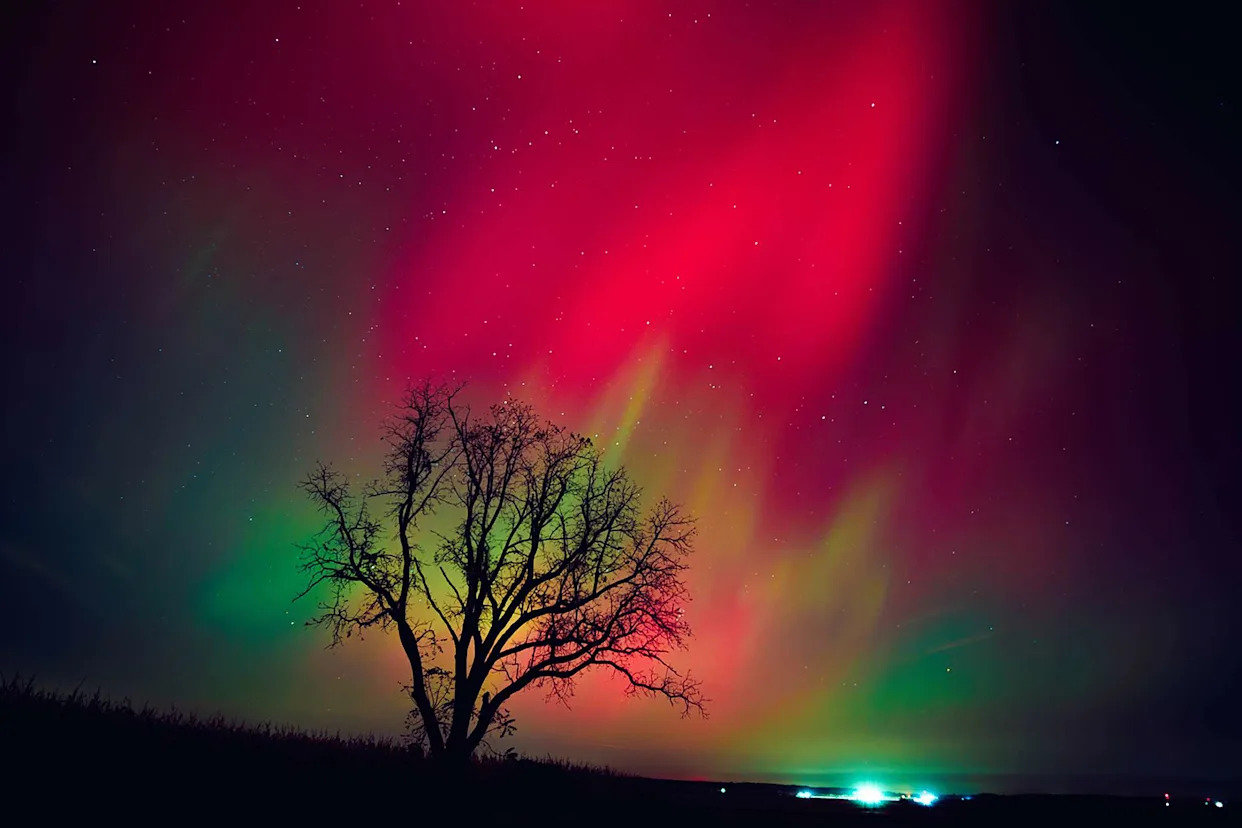
Ready for another dazzling spectacle, stargazers?
It’s no secret that mid-to-late August marks the beginning of aurora season in the northern hemisphere, but tonight’s colorful display looks especially enchanting as the northern lights make an appearance across parts of the U.S. starting as early as this evening.
The northern lights result from geomagnetic storms when charged particles from the sun collide with gases in the Earth's atmosphere. Their visibility depends on a number of factors, including intensity and location.
According to NOAA’s forecast, tonight’s round of auroras is a result of a minor geomagnetic storm, measured at a value of G1 on a scale of G1 to G5. Still, the Kp index — highlighting an approximate guide to the intensity of aurora displays — may reach up to 5.
There will be active conditions in the late evening on Aug. 18, with a likelihood of G1 (minor) geomagnetic storms to follow on Aug. 19, according to an update from NOAA.
The best part? With the moon rising in the early hours this week, darker skies increase the visibility of auroral activity.
In the meantime, read on for how, when and where to catch a glimpse of the northern lights tonight.
When will the northern lights be visible?
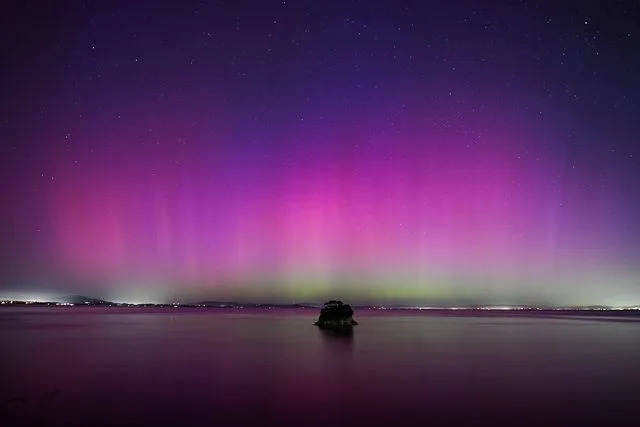
Tayfun Coskun/Anadolu via Getty
CALIFORNIA, USA - MAY 11: Northern Lights (Aurora Borealis) illuminate the sky of San Francisco North Bay as seen from China Camp Beach in San Rafael, California, United States on May 11, 2024According to NOAA, northern lights may be visible between approximately 10:00 p.m. ET on Monday, Aug. 18, through about 4:00 a.m. ET on Tuesday, Aug. 19.
Where will the northern lights be visible?
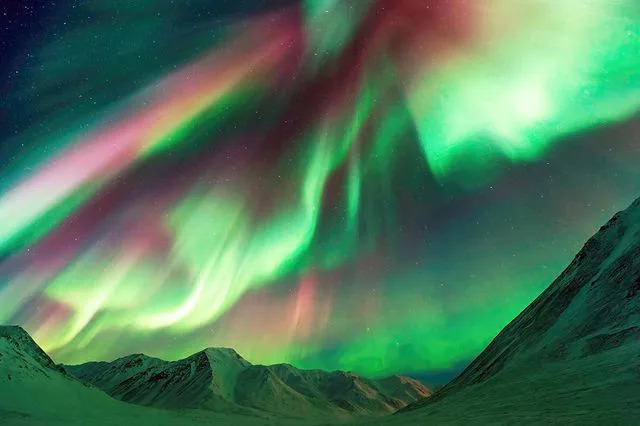
Getty
Strong geomagnetic activity illuminates the Alaskan skies with a mesmerizing display of the Aurora Borealis (Northern Lights), gracefully pirouetting above the mountain peaks near Atigun Pass - Dalton Highway, situated to the north of Fairbanks, Alaska, USAIf the weather permits, the parts of U.S. states that could potentially catch a glimpse of auroral activity include Alaska, Washington, Idaho, Montana, Wyoming, North Dakota, South Dakota, Minnesota, Wisconsin, Iowa, northern Illinois, Michigan, New York, Vermont, New Hampshire and Maine.
How to watch the northern lights?

Noppawat/Getty Images
Northern LightsThey say the best things in life are free, and experiencing the colorful displays of the northern lights is no exception.
Did you know that no advanced technology is required to spot them from here on Earth? The northern lights are visible to the naked eye, so all stargazers have to do is look up!
How to take photos of the northern lights?
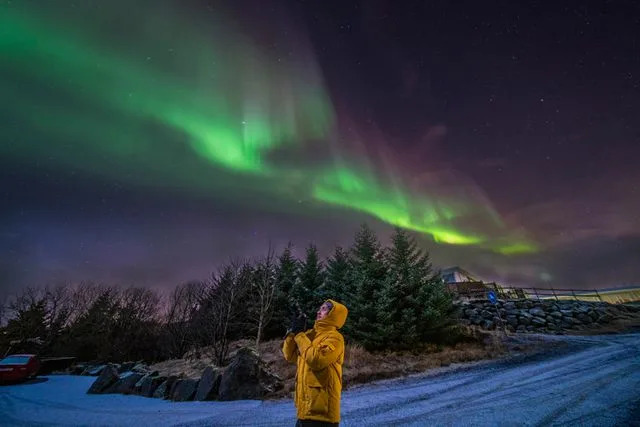
Getty
The Northern Lights, also called Aurora BorealisThe urge to snap a photo of one of the most highly sought-after celestial events is strong, but smartphone users are actually in luck!
That's right — if you have a smartphone, you have the technological capability to capture colorful auroras as they dazzle the night sky. All you have to do is switch on the "Night Mode" setting on your device, and point your smartphone camera lens to the sky.
Read the original article on People

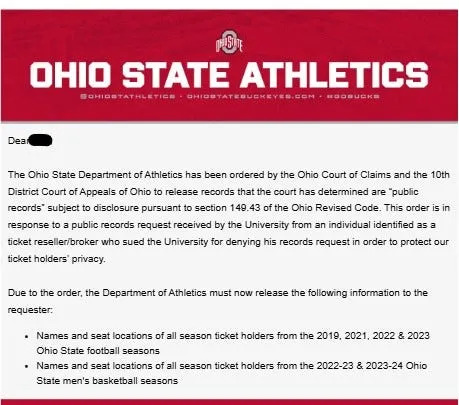
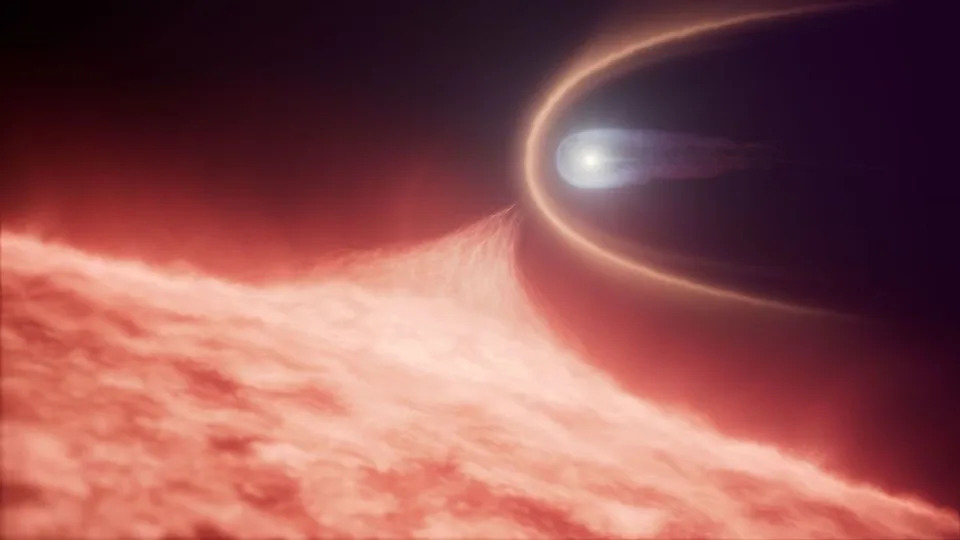
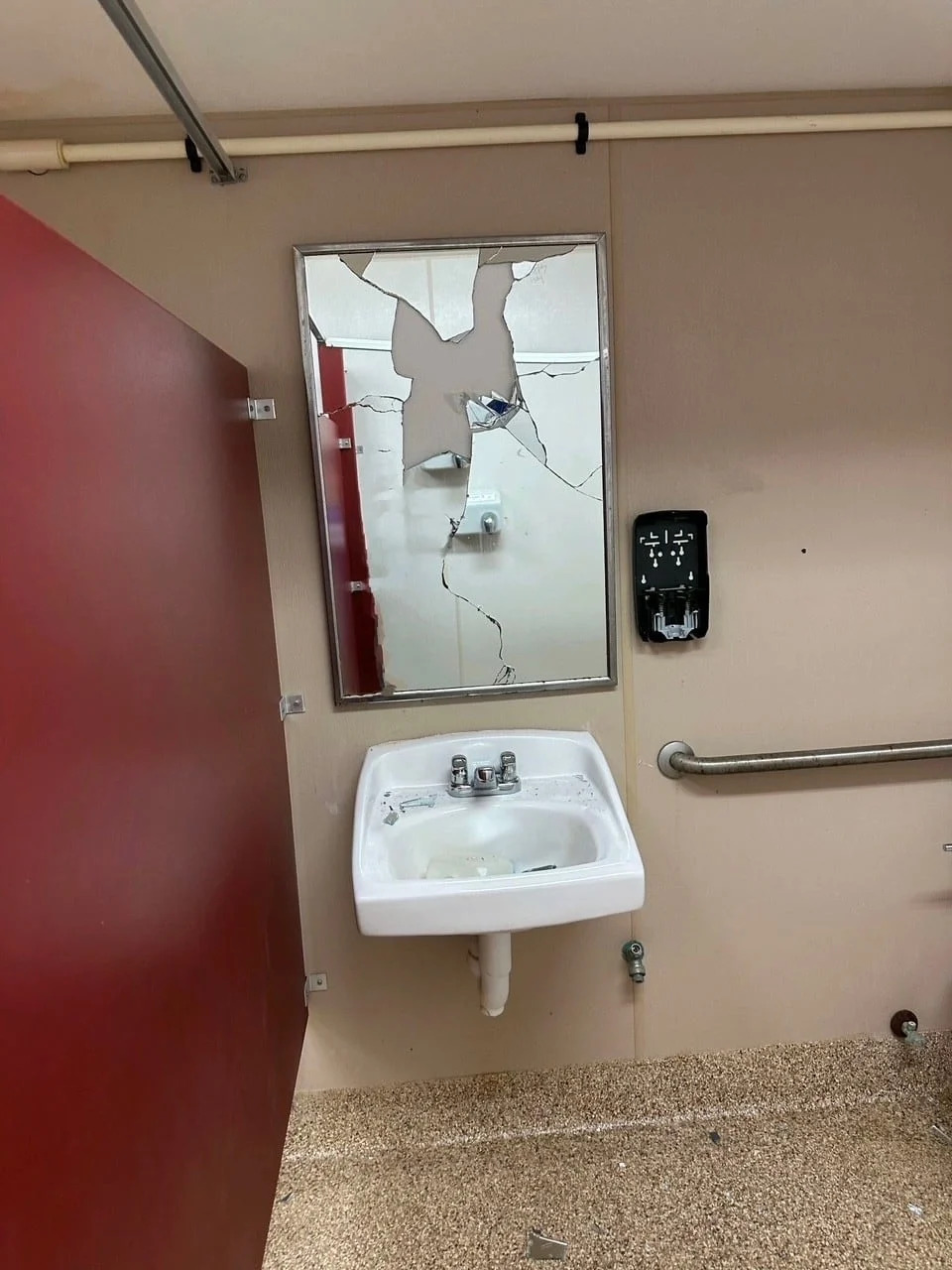




Comments